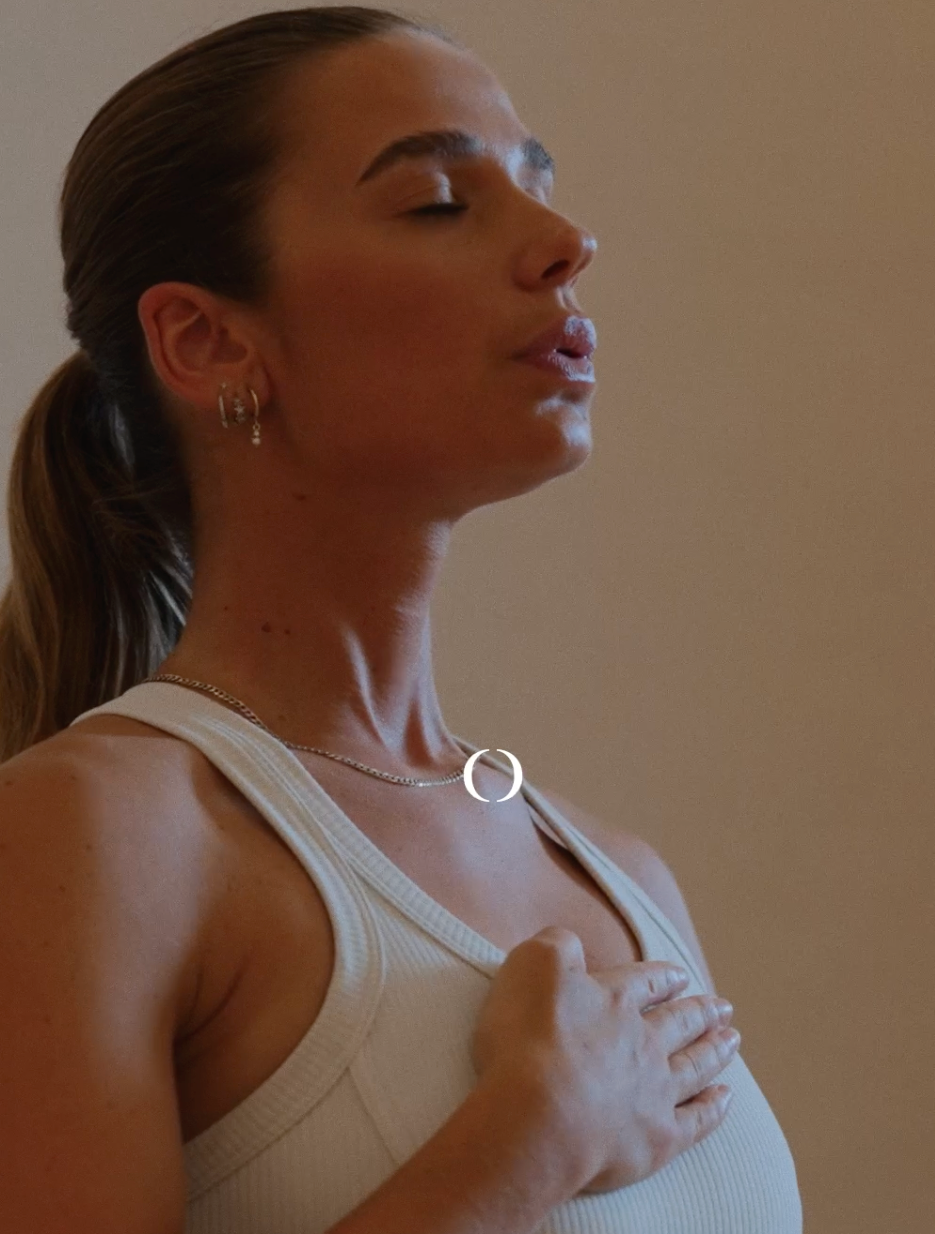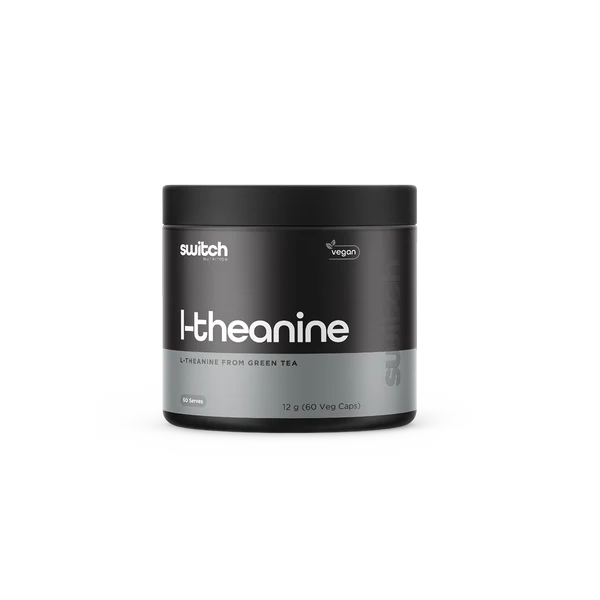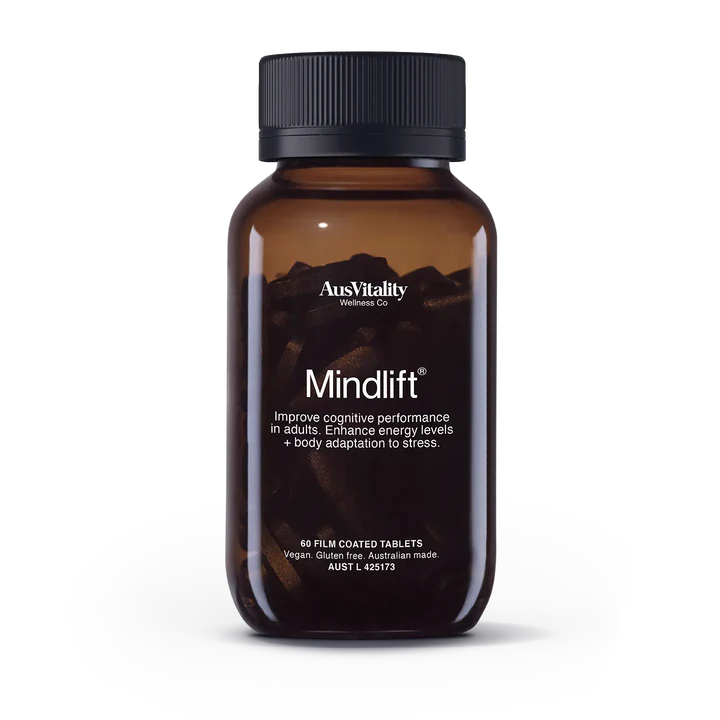Breathwork and How You Can Utilise It to Optimise Performance

Breath work
Breath work is a term you may be hearing more and more, but what does it actually mean? Essentially, it is a practice whereby we bring conscious awareness to the breath. Breathing is an involuntary action controlled by the autonomic nervous system. This has its benefits of course, but it also means that we neglect it as a tool to optimise our health and performance.
In this article we will discuss how paying conscious attention to the breath and changing its pattern can:
- Increase Energy and Mental Focus
- Reduce Stress
- Promote Quality Sleep
- Optimise Endurance
For me, discovering the power of the breath was transformative. Experiencing it’s impact firsthand has made it my mission to share the magic of breath work with others. The breath is always with you, an accessible and free tool to use at any time.
How the breath influences the body
Breath work can directly influence the autonomic nervous system, which controls things such as heart rate, digestion, and the stress response. We can alter the physiology of our blood through the breath, activating either parasympathetic nervous system (rest-and-digest) or your sympathetic nervous system (fight-or-flight). Here are just a few of the ways the breath can impact your body.
- The Brain: can reduce stress and anxiety, enhance emotional regulation and improve focus
- The Heart & Circulatory System: can lower blood pressure, improve heart rate variability, and increase oxygen efficiency
- The Lungs: can strengthen respiratory muscles and improve oxygenation
- The Digestive System: can help with gut health by activating the parasympathetic nervous system, which aids digestion
- The Muscles & Fascia: release tension and promote movement patterns
Breathing to reduce stress
Breath work techniques that activate the parasympathetic nervous system can help shift the body out of fight-or-flight (sympathetic) and into rest-and-digest (parasympathetic). This transition promotes a more calm and balanced state of body and mind. When we experience stress, our breathing often becomes shallow and rapid. This reinforces feelings of tension and anxiety. By consciously slowing and deepening our breath, we send a signal to the brain that we are safe, allowing the body to relax a little.
Here are two effective breathing techniques to activate the parasympathetic nervous system and promote a sense of calm:
4-7-8 Breathing
Inhale, slowly through the nose for 4 seconds
Hold the breath for 7 seconds
Exhale, slowly through the mouth for 8 seconds
The extended exhale can increase levels of carbon dioxide (CO2) signalling the nervous system to slow the heart rate and promote relaxation. This technique is particularly effective before sleep or during moments of acute stress.
Box Breathing
Inhale, slowly through the nose for 4 seconds
Hold, for 4 seconds
Exhale, slowly through the mouth for 4 seconds
Hold, for 4 seconds
Option to include visualisation: visualise a square or box and follow the lines of the box as you breath in, hold, exhale and hold.
Box breathing helps regulate the breath and engages the parasympathetic nervous system, making it a great tool for managing stress in high pressure situations.
Breathing to increase energy and enhance mental focus
Just as breath work can be used to calm the nervous system, it can also be a powerful tool for up-regulating: increasing energy and sharpening mental clarity. The way we breathe can shift us between states of relaxation (parasympathetic mode) and heightened alertness (sympathetic mode). You can use the breath when you feel fatigued, sluggish, or unfocused during the workday.
Whether you need a boost to shake off brain fog, increase alertness, or pump yourself up before a big presentation, certain breathing techniques can stimulate the nervous system, enhance oxygen delivery to the brain, and heighten cognitive performance.
Up-regulating breath work increases oxygen intake, stimulates circulation, and triggers the release of noradrenaline, a neurotransmitter that enhances alertness, reaction time, and cognitive function.
2-4-2 Energising Breath:
- Inhale, deeply through the nose for 2 seconds
- Hold, your breath for 4 seconds
- Exhale, forcefully through the mouth for 2 seconds
This technique increases CO2 tolerance, improving oxygen efficiency in the brain and muscles, leading to sharper focus and better cognitive function. This can be great for overcoming brain fog and boosting concentration before an important task.
Breath of Fire:
- Sit upright and take a deep inhale, through the nose
- Begin short and sharp exhales, through the nose and pull the navel in on each exhale
- Continue for 30-60 seconds, keeping your inhales passive and exhales forceful
Option: to take a deep breath in and hold for a few seconds before slowly exhaling
This technique rapidly increases circulation, flooding the brain with oxygen, and activates the sympathetic nervous system. This is great for ‘pumping yourself up’ before a presentation, speech, or high-energy activity. It can create a natural and sustained energy boost, without external stimulants such as coffee which is often followed by a caffeine crash.
Breathing to optimise physical endurance
When it comes to physical endurance, the way you breathe plays a crucial role in determining your efficiency, stamina, and recovery. We often default to mouth breathing during exercise because it feels easier. The nostrils are smaller than the mouth and draw in less air. However, nasal breathing is the superior choice for enhancing performance. Breathing through the nose allows the body to utilise nitric oxide, a powerful molecule that helps to dilate blood vessels in the lungs, increasing circulation and improving oxygen delivery to your muscles.
Unlike mouth breathing, which pulls air into the upper lungs where there is less blood flow, nasal breathing carries oxygen into the lower lungs, where there is a higher concentration of blood flow. This means greater oxygen uptake and improved efficiency in distributing oxygen throughout the body. Additionally, nasal breathing helps regulate CO₂ levels in the blood, which is crucial for oxygen delivery. Many people mistakenly believe oxygen is the primary driver of respiration, but CO₂ plays a key role in signalling the body to breathe. A controlled buildup of CO₂ through nasal breathing trains the body to tolerate higher levels, reducing breathlessness and improving overall endurance.
Nasal breathing also ensures the air is filtered, humidified, and warmed before reaching the lungs. In contrast, mouth breathing leads to a greater loss of heat and moisture, depleting the body’s hydration levels.
For athletes and anyone looking to improve their endurance, training with nasal breathing can feel challenging at first, but the long-term benefits are profound. By consciously shifting to nasal breathing, especially during low-to-moderate-intensity training, you can condition your body to perform better with reduced breathlessness, ultimately optimising endurance and recovery.
Breathing to promote deep, high quality sleep
While getting 7-9 hours of sleep is great, the quality of sleep is what truly matters. Deep sleep is the foundation of optimal health, performance, and longevity. This is when the body undergoes repair processes, including muscle recovery, immune function, memory consolidation, and hormone regulation. Without deep and restorative sleep, you may wake up feeling groggy, sluggish and fatigued.
Breathing before sleep:
The way we breathe before sleep can have a direct impact on how quickly we fall asleep. By slowing the breath, we can calm the nervous system, reduce the chatter of the mind and signal to the body that it’s time to shift into a more relaxed state and recovery mode.
Using breath work techniques that activate the parasympathetic nervous system can be a powerful way of preparing the mind and body for sleep.
4 - 6 Breathing:
- Inhale, through the nose for 4 seconds
- Exhale, through the nose for 6 seconds
- Option to extend the exhale to 8 seconds after 2 minutes for deeper relaxation
Extending the exhale helps stimulate the vagus nerve, which slows the heart rate and signals the body to relax, making it easier to drift into sleep.
Breathing during sleep:
How you breathe while you sleep is just as, if not more important. If you frequently wake up feeling groggy or fatigued despite getting the hours in, you may be unknowingly mouth breathing during the night.
Mouth breathing disrupts sleep quality in several ways:
- It keeps you in a lighter sleep, making you more prone to awakenings
- It can cause snoring and even contribute to sleep apnea, leading to poor oxygenation
- It results in greater water loss and dehydration, leaving you feeling dry-mouthed and fatigued in the morning
By consciously shifting to nasal breathing before and assisting nasal breathing during sleep, you can create the ideal conditions for deep rest, allowing your body to fully recharge.
Using mouth tape encourages nasal breathing during sleep by preventing default mouth breathing. While this may feel unusual at first, mouth taping has been shown to improve sleep quality by ensuring proper oxygen exchange, reducing snoring, and allowing the body to fully enter deep sleep states. Over time, it can help condition the body to maintain nasal breathing naturally, even without the tape.
Do I need to practice breath work every day?
No, starting somewhere is enough. It might be a couple of minutes of intentional breathing to start or end your day. Consistency is key. I often say it is like training a muscle in the gym - the more you do it, the stronger it becomes. If you practice a few times a week, you’ll start to notice changes, better focus, deeper sleep, less anxiety. The beauty of breath work is that it is accessible to you at anytime and anywhere. When you first wake up, before a presentation, after reading a stressful email, or when winding down from your working day - try not to neglect your breath.
How could I go about starting to use the breath?
One thing I always bring attention to, is the uniqueness of each individual. A technique that works for me, may not work in the same way for someone else.
When experimenting and practicing breath work techniques, I recommend:
- Being specific: what are you breathing for? What is the intention and how do you want to feel?
You can then use this as a guide for the type of technique you choose from your toolbox. e.g. up-regulation or down-regulation, reactively (in response to a feeling) or proactively (to feel a type of way).
- Trying a few different techniques that have a similar intention, e.g. deep and slow breathing may be box breathing or the 4-7-8 technique. Try these different techniques and really hone in on how you feel during and after the practice. One may feel easier or have a more profound effect on your body and mind.
Once you know what works for you, you will begin to feel confident that the breath is yours to use.






















